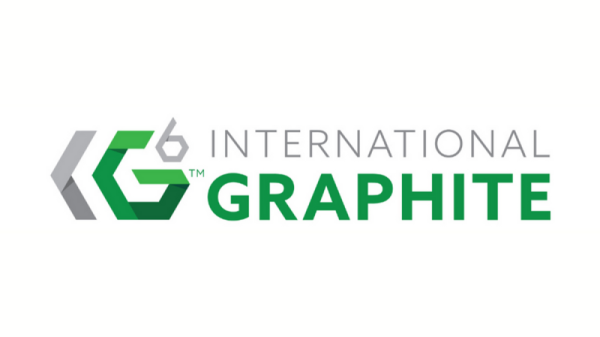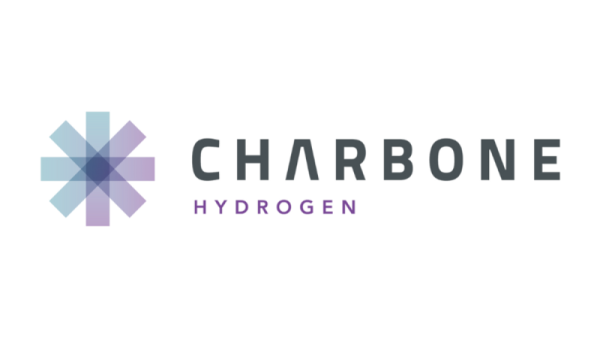I’ll say it plainly: most HRTech tools flop, not because they’re bad ideas, but because recruiters don’t use them.
Over the past few years, building AI-powered hiring products, I’ve seen it over and over. A shiny new tool rolls out with heavy hype, a slick UI, maybe a handful of “machine-learning” buzzwords. Yet six months later, it collects digital dust in a recruiter’s bookmarks folder.Here’s the brutal truth:
Recruiters are among the most time-starved and KPI-pressured professionals in any organisation. If your product doesn’t save them time within their real workflow, it’s dead on arrival.
Five Core Reasons Products Go Unused
1. You’re Building for Buyers, Not Users
The trap: Your roadmap is guided by whoever is cutting the cheque, which is usually HR leadership, procurement, or an executive steering committee. These people love dashboards, aggregated metrics, and “strategic visibility.” But the recruiters living in ten ATS browser tabs, juggling six LinkedIn chats and a dozen Slack pings… they don’t care.
Reality check: Would a recruiter even open your tool when they’re five minutes from closing a job and their shortlist just broke?
Consequence: Great dashboards aren’t worth a second glance if they don’t align with everyday sourcing and screening tasks.
What to do instead
Embed in context. Ship your features as an ATS plugin or browser extension that surfaces insights in the flow of sourcing, and no app-hopping.
Revisit your ICP. If your buyer-user gap is unbridgeable in large enterprises, experiment with small agencies or independent recruiters. There, purchase decisions and daily usage live under one roof.
2. You’re Solving the Wrong Problem
Not every recruiter’s “pain point” deserves a standalone product. Over-engineer a process they’ve already patched with spreadsheets, and you’ll just add friction.
A senior tech recruiter once told me: “I don’t want another Chrome extension that auto-fills candidate profiles. I just want my shortlist to stop crashing when I open 20 LinkedIn tabs.”
Lesson: Tackling the unsexy, low-profile bugs, such as a crashing shortlist, duplicate records in the ATS, and endless manual tagging, can lock users in far more effectively than flashy “AI-matching.”
A Deeper Dive on Friction
Data duplication. When resumes, LinkedIn profiles and email threads all live in different silos, recruiters spend hours cleaning and consolidating.
Search fatigue. Poor keyword matching in ATS search engines forces recruiters to rebuild Boolean strings over and over.
Manual reporting. Weekly status updates still land in PowerPoint decks, not dashboards – so recruiters juggle two workflows.
What to do instead
Prioritise low-hanging fruit. Ship a fix for your users’ #1 “speed bump” before chasing the next big AI use case.
Validate ruthlessly. In user-research sessions, watch people work around problems, then automate or eliminate those workarounds.
3. You’re Over-Automating What Should Stay Human
Yes, AI is powerful, but recruiters don’t want to feel replaced. They want to feel augmented.
Black-box matchmaking (“AI picks the best candidate”) destroys trust.
Opaque scoring leads to endless back-and-forth: “Why did we skip Jane? What’s wrong with her profile?”
The better approach:
Explainable AI. Surface the why behind each recommendation: skills overlap, project relevance, and culture-fit signals.
Interactive ranking. Let recruiters tweak weighting on the fly, then watch candidate lists reorder in real time.
Replace “AI decides” with “AI recommends top 5, plus why,” and you empower decision-making.
4. Integration Debt Builds a Tab Graveyard
Every new tool means another login, another silo, another data export. Over time, recruiters end up with a bookmarks bar that looks like an HRTech arms race.
Login fatigue. If users must juggle password managers or re-authenticate pipelines, they lose minutes each day.
Data breaks. Partial, unreliable integrations force manual syncing or copy-pasting.
Quick fix:
Deep embed. Prefer browser extensions or native plugins over standalone web apps.
Open APIs & webhooks. Automate data flow both into and out of your product – no CSV downloads.
5. Change Management Friction
New tools require training, new processes, and a handful of advocates to champion adoption. Organisations rarely budget for that.
Training gaps. A one-hour demo deck doesn’t stick when recruiters are racing deadlines.
Policy roadblocks. Compliance teams worry about data security, blocking browser extensions or plugins.
What to do instead
In-app onboarding. Guide users through the first task step-by-step, contextualising features in real scenarios.
Recruiter champions. Seed early adopters in each team, give them swag or incentives, then watch peers follow.
Security co-sell. Partner with corporate IT/security to pre-approve your tool in enterprise rollouts.
What the Best HRTech Tools Get Right
The most successful products today behave like assistants, not counsellors. They anticipate recruiter psychology, not just HR strategy.
Seamless embedding
ATS sidebar panels (Greenhouse, Lever, Workday)
Chrome/Edge extensions for direct LinkedIn or job-board augmentation
Customizable AI criteria
Recruiters pick which skills, experiences, and cultural signals matter most
On-the-fly weighting and “what-if” scenario testing
Actionable insights over dashboards
One-click fixes (bulk tag cleaning, contact-info enrichment)
Red-flag alerts (e.g., “Candidate engagement dropped 40% after interview #1”)
A strict “2-click rule”
Any core task (shortlist export, candidate outreach template, feedback logging) must be two clicks or fewer
Mobile-friendly design
Recruiters screen candidates on the go, so your mobile web or native app must reflect full feature parity
Roadmap for Product Teams
Phase
What to Do
Discovery
Sit shoulder-to-shoulder with three different recruiting teams. Map every tab switch, mouse-hover, and Excel pivot they use.
Minimum Lovable
Ship a tight feature that fixes one workflow choke-point. Collect quality feedback at the end of pilot week 1.
Iterate & Scale
Add adjacent features based on live usage data. Push deeply into ATS workflows via integrations; collapse two tools into one UI.
Enable & Secure
Create in-app tutorials. Collaborate with IT and security teams. Identify internal champions and offer incentives for referrals through embedded “Share with your team” links.
Final Thought
If you’re building HRTech and nobody’s using it, it’s not a feature issue. It’s a product empathy issue. You don’t need a shinier UI. You need to spend 30 minutes with a recruiter and watch what actually slows them down, because until you solve that, you’re just another tool in the tab-graveyard.
Read more:
How To Build HRtech Products Recruiters Actually Use



























